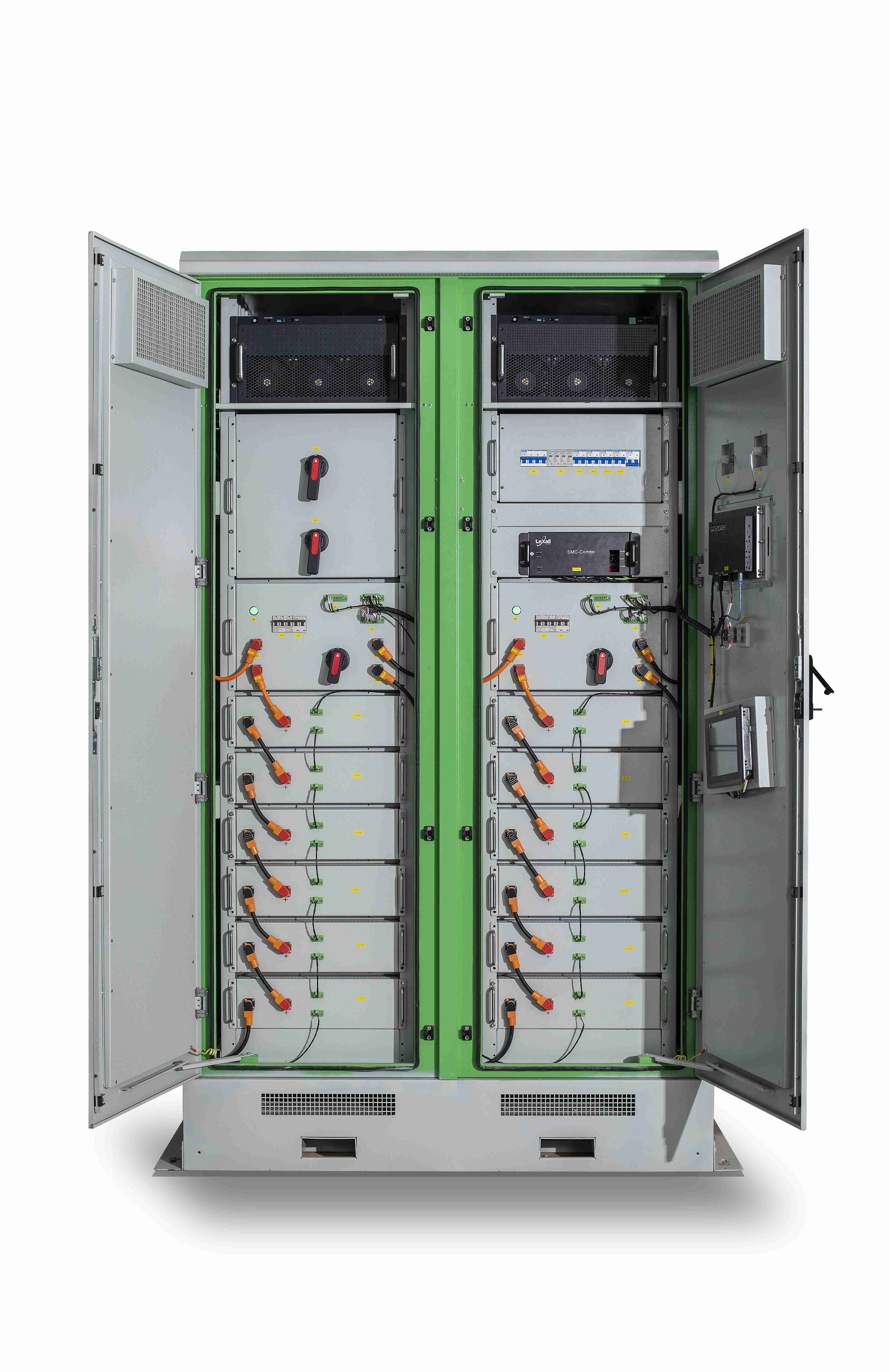
1 月 . 09, 2024 14:29 Back to list
C&I ESS-C&I Energy Storage Can Use EaaS Customer Trends to Move Beyond Demand Charge Management
How C&I Energy Storage Can Use EaaS Customer Trends to Move Beyond Demand Charge Management

Peak demand charges are often levied by local electric utilities or grid operators based on the maximum electricity demand of a commercial and industrial (C&I) customer within a defined time interval. These charges often account for a significant portion of a C&I customer’s bill and the costs associated with demand charges have been difficult to manage. With the advent of energy storage technology, the reduction of these charges serves as the foundation of the business case for deploying C&I energy storage systems (ESSs).
Self-Cooling Outdoor Distributed Energy Storage Cabinet - Power Type EN-215
But standalone demand charge management has not been enough to bring the C&I ESS market to scale. In a recent blog, I highlighted how a C&I energy storage and a demand response vendor are working together to align their offerings to move beyond standalone demand charge management toward integrated peak demand management solutions. Guidehouse Research now anticipates the emergence of broader, integrated distributed energy resource (DER) solutions that transcend just energy efficiency or standalone DER solutions as part of a turnkey set of energy as a service (EaaS) solutions.
New Integrated DER Solutions

(Source: Guidehouse Insights)
Given its flexible characteristics, energy storage will be a key enabling technology—the “straw that stirs the drink” if you will—as energy service providers and utilities create new EaaS DER solutions toolboxes. Guidehouse Insights anticipates that three new DER solutions will emerge for C&I ESSs to move beyond standalone demand charge management, as highlighted below:
- Integrating C&I ESS with Solar PV: Onsite solar PV can reduce overall electricity costs on a per kilowatt-hour basis. However, solar intermittency due to cloud cover may cause a building’s peak load and tariff-based demand charges to remain unaffected. Not surprisingly, pairing solar PV with C&I ESS will enable the reduction of per kilowatt-hour energy cost and demand charges, regardless of weather conditions.
- Using C&I ESS for UPS Service: Due to the high costs associated with the technology, C&I facility managers without mission critical operations do not often deploy uninterruptible power supply (UPS) systems. These C&I facility managers often view electrical service outages and the resulting financial impacts of the associated downtime as an unmanageable cost of doing business. C&I ESSs are well positioned to support UPS service needs when deployed with onsite backup generation. Flat monthly rates for C&I ESS system leases and integrated software platform access can now help overcome first cost challenges.
- Integrating C&I ESS with EV Charging: Deploying C&I ESS with EV charging infrastructure creates benefits for C&I customers and grid operators that improve the overall business case for EV charging infrastructure. From the customer standpoint, C&I ESS can help management demand charges, enhance DC fast charge capabilities, and improve the management of time-of-use rate impacts from EV charging utility tariffs. The deployment of storage with EV charging can help avoid costly distribution system upgrades by improving load management, thereby improving the overall business case for EV charging infrastructure deployment.
C&I ESS deployments have seen slow, but steady progress to date, mostly for standalone demand charge reduction solutions. But looking at how to utilize the flexible benefits of C&I ESS across the full spectrum of EaaS DER solutions is where the best, long-term value propositions rest.
-
FREMO Portable Power Station High-Capacity, Lightweight & Reliable
NewsMay.30,2025
-
24V DC Power Supply Certified & Efficient Home Depot Exporters
NewsMay.30,2025
-
12V 2A DC Power Supply for Home Depot Trusted Supplier & Exporter
NewsMay.29,2025
-
Energy Storage Power Station Solutions Reliable & Efficient Products
NewsMay.29,2025
-
Portable Power Station R100 High-Capacity & Reliable Backup Power
NewsMay.29,2025
-
Energy Management System EMS
NewsMar.07,2025



